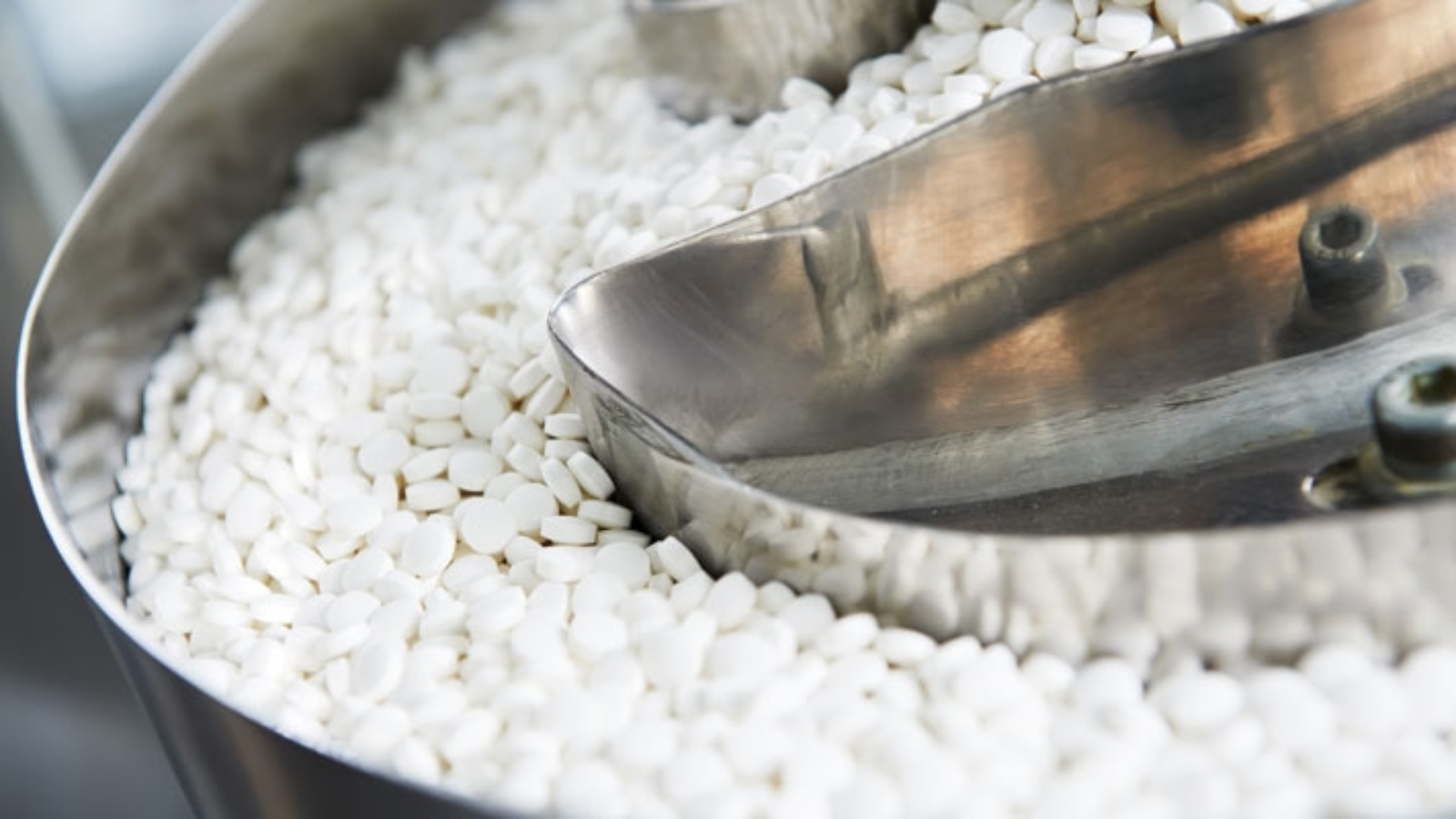When you manufacture an antibiotic, the quality and efficiency of the process are just as important as the raw materials, machinery, and people that make up your manufacturing facility. With limited space and challenging operating conditions, a reliable approach to manufacturing is key to success. In this article, we outline some strategies that can help you manage the manufacturing of azithromycin tablets more effectively.
Develop an accurate and complete master production schedule
The first step toward effective management is to develop an accurate and complete master production schedule. This schedule will help you understand how much raw material is required, the production flow, and the corresponding capacity. You will also determine the method of transfer between departments based on the raw material availability and the work in progress. In order to make sure that production is on schedule, you need to measure the actual flow of raw materials through your process. This way, you will know how much is left over and how much you need to buy. Likewise, you will be able to calculate the amount of capacity that you have. This will enable you to plan for equipment upgrades, scheduled maintenance, and workarounds if necessary.
Keep the manufacturing process under constant surveillance
As with all activities in a manufacturing facility, the production of azithromycin tablets is not risk-free. Every operation has the potential to cause a quality issue, which can have a significant impact on the finished product. Preventing issues early on will help to minimize the impact of these problems on the end product. This is because the quality issues will not have time to accumulate to the point where they affect the overall quality of the finished product. It is necessary to continually monitor the manufacturing process, with a particular focus on the following areas: – Raw materials – The microbiology of the raw materials and the fermentation process must be consistent. This is an area that manufacturers are particularly keen to monitor. Raw materials may be inconsistent due to poor hygiene, contamination from other products, or even as a result of equipment downtime. – Manufacturing environment – The surrounding environment within the manufacturing facility must be free of contaminants that could contaminate the finished product. This could include scale build-up on equipment or the presence of other chemicals that may be incompatible. – Operations – It is vital to pay close attention to the actions of all employees within the manufacturing facility. This includes their training and the processes that they carry out. It is important to conduct standardized audits to ensure that processes are carried out consistently.
Plan your equipment upgrades and maintenance accordingly
In order to effectively manage the process of manufacturing your products, it is important to keep up-to-date with the state of the equipment in your facility. Furthermore, it is essential to maintain the correct level of maintenance on these machines. A reliable approach to managing equipment upgrades and maintenance is to use aging programs. Aging programs enable you to keep track of the condition of equipment and predict the need for maintenance. This will help you to set up more efficient schedules for work to be carried out. It is also important to consider the full life cycle of your equipment when planning the level of maintenance required for it. It is common for manufacturers to only assess the condition of machinery once it has reached the end of its usable life. This can result in an important maintenance task being performed too late. Planning your maintenance accordingly will help to ensure that your machinery stays in the best possible condition.
Establish a comprehensive quality assurance program
Quality assurance programs are crucial when manufacturing antibiotics. They can help to ensure that each batch of products is consistent and safe to consume. Quality assurance programs should include each of the following: – Raw materials – The quality of raw materials used to produce the final product must be consistent. This may be as a result of purchasing raw materials from a reliable supplier or as a result of consistent microbiological quality within the fermentation process. – Manufacturing environment – The surrounding environment of the manufacturing facility must be free of contaminants that could contaminate the finished product. This could include scale build-up on equipment or the presence of other chemicals that are incompatible. – Operations – It is vital to pay close attention to the actions of all employees within the manufacturing facility. This includes their training and the processes that they carry out. It is important to conduct standardized audits to ensure that processes are carried out consistently.
Contact Raphe Pharmaceutique when you need help
If you are struggling to manage the manufacturing of your products, it may be time to contact Raphe Pharmaceutique. We have considerable experience in manufacturing issues and can provide advice and assistance on how to best manage these challenges.


Add a Comment